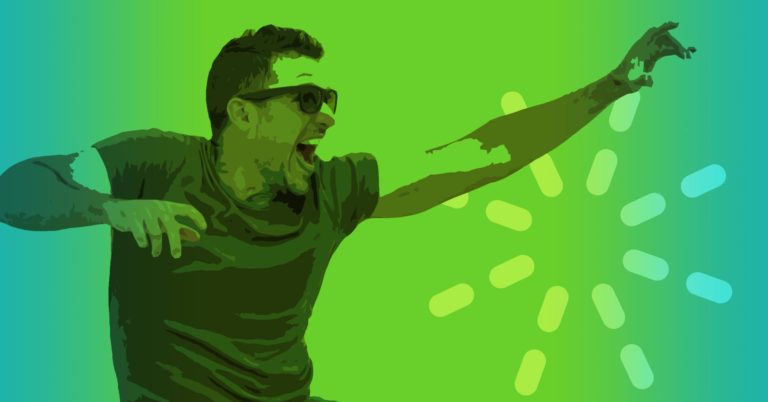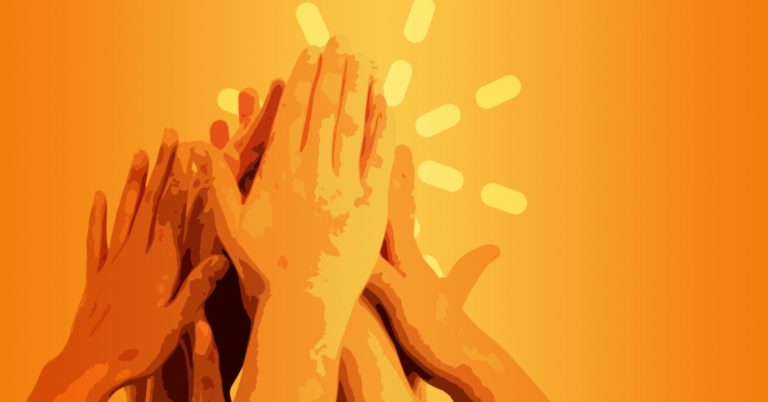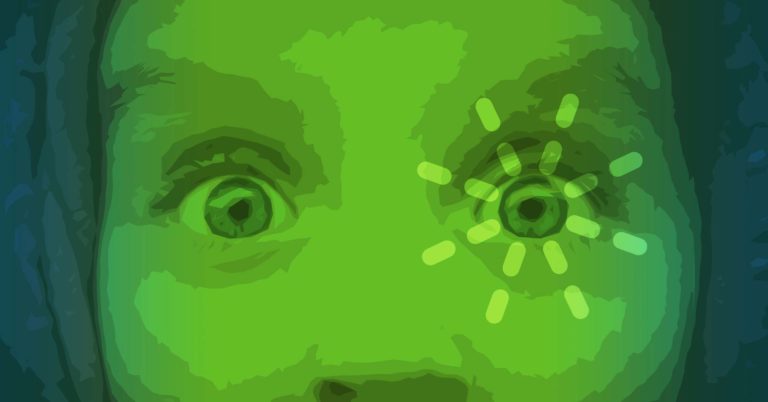Where were you the first time you witnessed or participated in communion? What did it look like? Who was included? What Scripture was read, and what were you told about what was happening at that moment?
I was a little girl, seated beside my mother in a pew with the rest of my family, likely in the row either in front of or behind Grama. As the pastor held up a thimbleful of juice and a corner of a cracker, he reminded us that this was Jesus’ last supper.
As I looked at those whiffs of bread and juice, I felt sad and perplexed. This isn’t a meal, I thought! Why wouldn’t Jesus’ friends properly feed Him? Wouldn’t He be so hungry?! Why do we call this supper?
The Middle
I’m not sure how old I was when I first felt like Easter didn’t make sense either. I don’t know how little I was when the cruelty of the story first made me angry and led me to imagine all the ways I would have helped Jesus. I definitely thought Peter was a terrible friend and wondered what happened to Judas for him to turn on Jesus like that.
While none of the stories I heard, nor the way they were told, were wrong, I wondered why it had to be this way. Why did He have to die? I had collected dozens of miracles in my memory, but they were cataloged under different authors and genres and, somehow, disconnected from each other.
The traditions of “Once upon a time” and “They lived happily ever after” have so influenced our understanding of what makes a story beautiful. But the stories of Scripture aren’t easily shoe-horned into that arc.
I think this is partly why God as Alpha and Omega make sense to us. However, I continue to find the most compelling parts of God’s story are right in the middle.
Our Stories
It’s not uncommon for us humans to wonder where God is amid our own stories. We ask all kinds of questions like “Where are You?”, “Why?”, and “What are You doing?” It is also not uncommon to find the persons of Scripture asking the same questions—even Jesus on that very good Friday. And if I wait for the answer, there I find Him, right in the middle with me.
I wonder: what would you say to any of those questions with the sweet face of a tiny human, a curious image-bearer staring up at you? I also wonder if we might collectively decide, as a community, to sometimes say “I don’t know,” or “I’ve asked that same question myself,” or “That’s so hard to understand. Let me see if Jesus can help us as we read His story together.” Can you give yourself permission to ask, “What do you think?” and invite the Holy Spirit to just show up?

The Way-Making
If I’m honest, I continue to wrestle with these questions—not from a theological standpoint so much as an awe-and-wonder curiosity. I well up with tears each time I am reminded that God would see fit to make a way for me back to Himself.
But He’s been doing that with all His kids all the time. And if we see Easter as simply a door that swings one way, we miss all the way-making that came before, to make a way for Jesus to enter the story as The Way that leads to life.
Eyes to See and Ears to Hear
A while ago I got curious about how often we read “eyes to see” or “ears to hear” in Scripture. I just wanted to know who said it first, what was happening, and what it meant. Eyes to see what? Ears to hear what? We repeat those words as part of the Christian vernacular, so where did that invitation to see and hear begin?
God said it first, and early. It wasn’t the prophets, it wasn’t David—it was God Himself, in the burning bush (Exodus 3). And it went something like this: “My eyes have seen your suffering. My ears have heard your complaints. My heart has been moved to compassion. And so, I have come to save.” The rescue mission was set in motion before it had even begun.
Even before Israel knew that freedom was an option, there was a plan for deliverance. Even before Jesus was born, the Messiah was promised. And even as the Passover table was set, where Jesus held the bread and wine, He knew redemption was at hand: the complete fulfillment of the rescue mission, once for all.
Family Business
The story of His plan is as long as time, one of choosing to partner with us because we are His kids and His is a family business.
God knows us so well that He made a way before we knew we needed it. Jesus loves us so much that He came, the embodied fulfillment of every promise God made. He literally gives us His own Spirit to lead and guide us back to Himself, over and over, day after day.
It’s a wonder. Beyond the knowledge of such love, is the truth of who we are because of who He is. The story of God’s love began with creation. It’s the story of how He made us, sees us, and knows us began with His decision to knit His own image into us.
The story of His plan is as long as time, one of choosing to partner with us because we are His kids and His is a family business.
New Perspective
When you think on Easter in the coming days and weeks, I invite you to give the kaleidoscope of Scripture a quarter turn and see what you may have missed before.
Amid the wonder and mystery, Easter comes into focus as the climax of one giant yet unfinished story. It does not come as the final straw, the last-ditch effort because we failed (again), or the stand-alone event that changed everything in a weekend.
Jesus, the promise made and the promise kept, lives out the arc of Scripture and lays out God’s divine plan right before those with eyes to see and ears to hear.
God sees us. God hears us. His heart was moved from heaven to human form on earth. He came to save. I will be saved if I choose to see, hear, and be moved. Therefore, my life will tell of God’s glorious salvation.
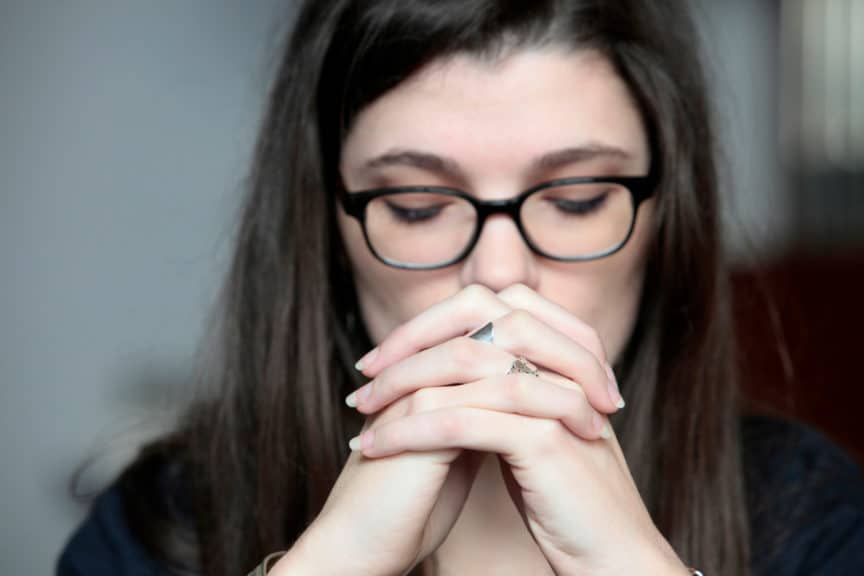
Back to Exodus
What if Easter takes us all the way back to Exodus and reminds us that God is always making a way where there is no way without Him? Jesus wasn’t God’s “hail Mary.” Jesus is the whole story, embodied: the come-to-save Passover Lamb sheep gate back to God Himself.
He had us in mind from the beginning. Jesus is God’s own lifeblood, poured out and spread on the doorposts of our stories to save us from ourselves.
How can you help kids connect the story, meaning, and purpose of Easter to God’s Bigger Story? What questions can you make space for so that kids can link what they know about Jesus to what they know about God in other stories? Can you invite them to see that Jesus is central to the big story, rather than one of the single stories?
Jesus is God’s own lifeblood, poured out and spread on the doorposts of our stories to save us from ourselves.
Last Supper
So, about that ‘supper.’ At that table, on that night, Jesus and His friends enjoyed a spread of tastes, smells, sights, and even stories. That Seder meal designed centuries before, that moment to both remember and create memory, including over a dozen courses (not just cracker corners).
It walked them back to Egypt so that they could marvel again at God’s rescue mission and celebrate freedom like they had each year at that time. And then Freedom Himself picked up the unleavened bread (the one without yeast, symbolic of sin) and broke it to share. “This is my body,” He said.
And on that table, there would have been four cups. At this point in the story, Jesus was likely reaching for the last one. What is that cup called? The cup of redemption. “This is my blood, I am the lamb, this is a new covenant. I am sufficient. I am redemption.” He declared. And when that cup was not taken from Him, He took what we couldn’t carry upon Himself.
Our Invitation
It is, in fact, the perfect last supper. It’s the kind of meal I’d hope to have if I knew I was dying tomorrow. The kind of meal that walks my family through the story of how deep and wide my love is for them. The kind of meal that connects us to a purpose and a plan and a story that not only includes us but requires our participation. It is the kind of meal that speaks legacy and history and inheritance through recipe and conversation and connects us to each other.
Easter began even before Egypt. It wasn’t the beginning or the end. Easter is the middle, and God is still writing His story. Easter is our invitation to partner with Jesus every day. What a wonder.
More Easter Articles You May Like:
- 13 Easter-Friendly Articles for Ministry Now
- 12 Free Easter Resources to Celebrate Jesus
- 40 Stories about Jesus That Will Be Your New Easter Tradition
- Jesus Is Alive and Sunday Is Still Coming
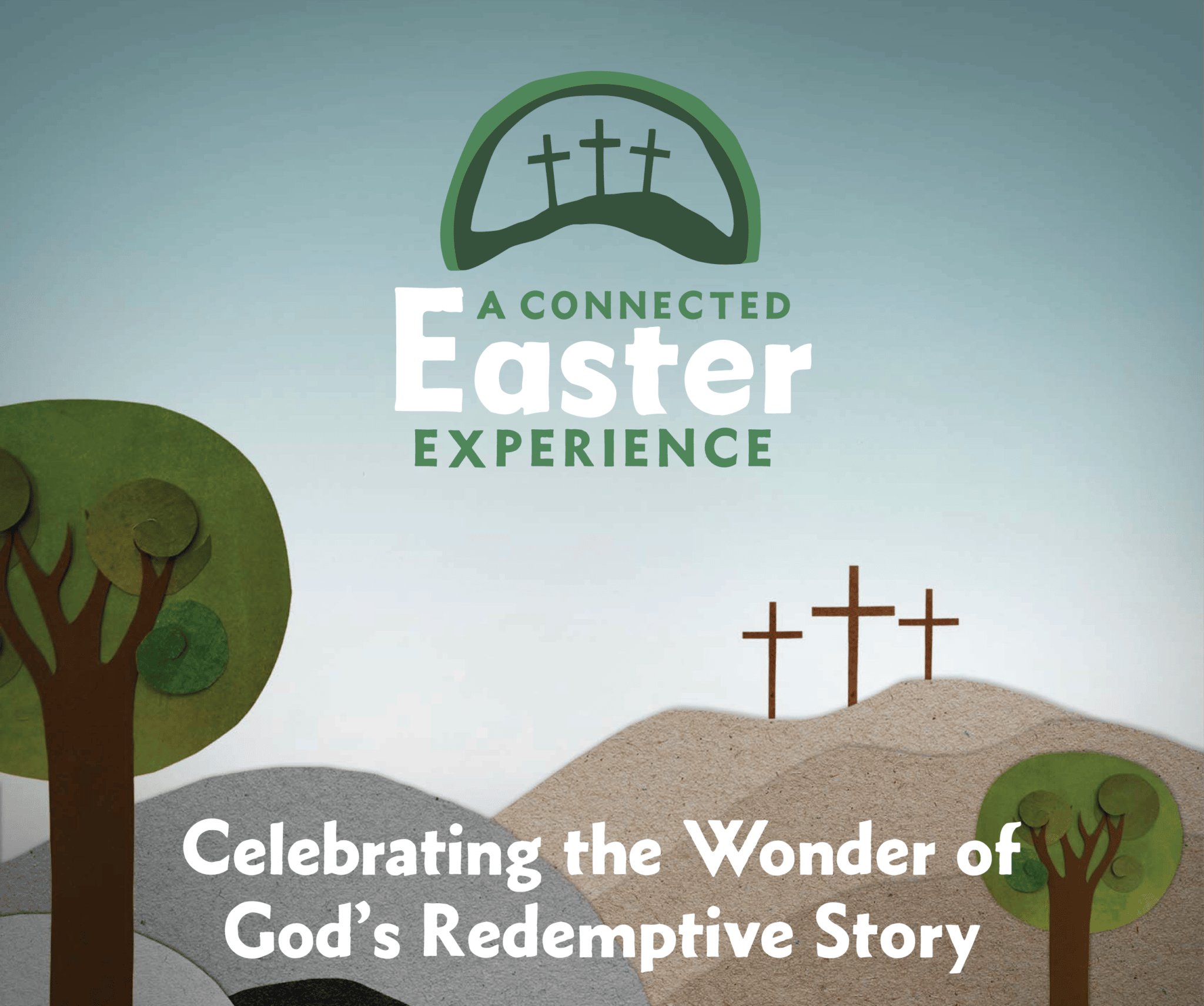
Connected Easter Kit
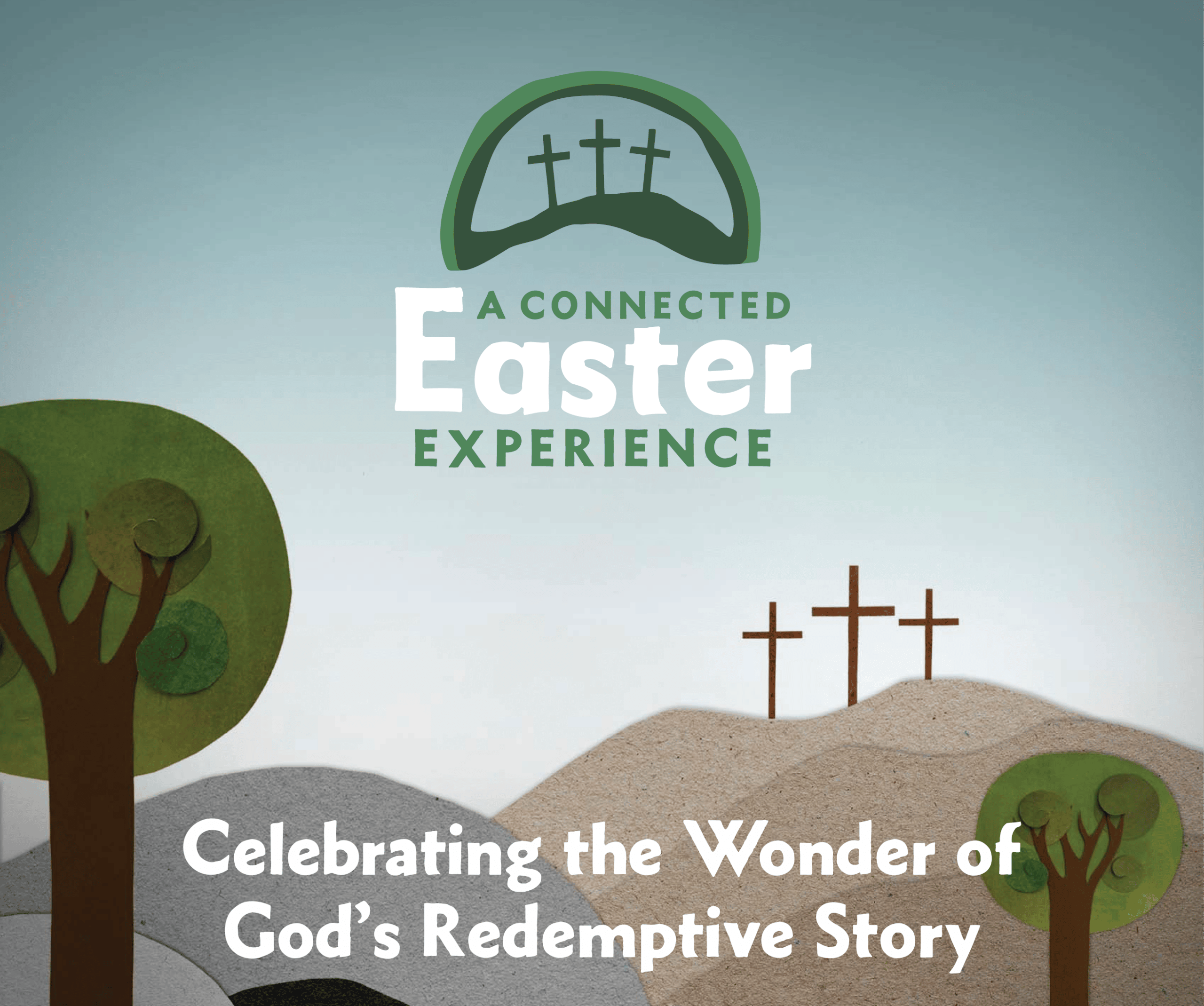
Connected Easter Kit








